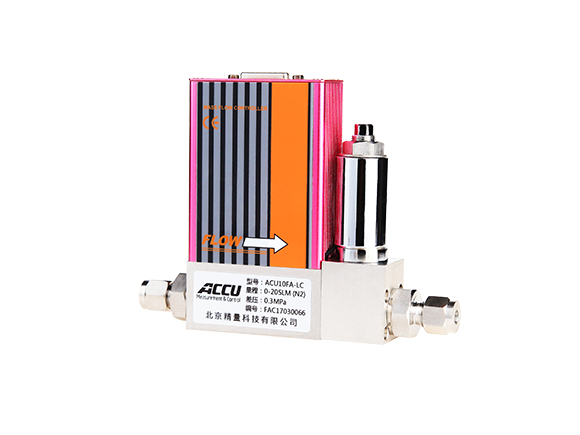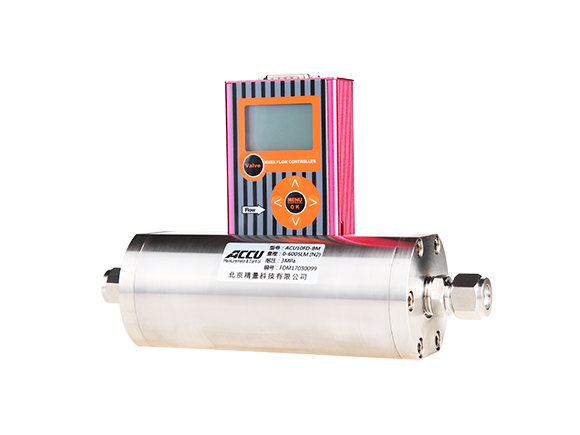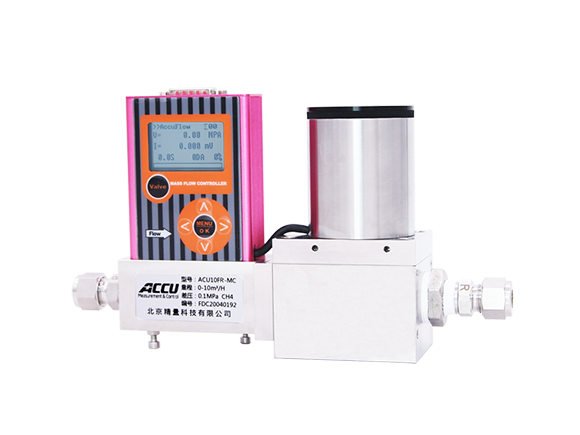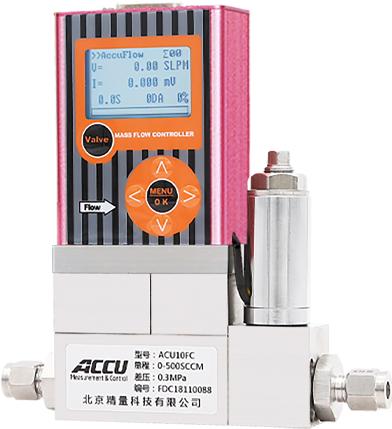From Principle to Practice: Deepening Your Understanding of Liquid Mass Flow Meters
Liquid mass flowmeters, as highly precise flow measurement tools, play a critical role in industrial production. Their operating principle is based on either thermophysical properties or vibration-based technology, directly measuring the mass change of the liquid as it flows through the sensor—eliminating the need for conversion to volumetric flow—and thereby ensuring accurate and reliable measurements.
At the fundamental level, liquid mass flowmeters utilize sensing elements within the sensor—such as thermal elements or vibrating tubes—to detect changes in heat or phase shifts caused by fluid flow. These changes are directly proportional to the fluid’s mass flow rate and are subsequently processed by sophisticated circuitry, ultimately converting them into readable flow data.
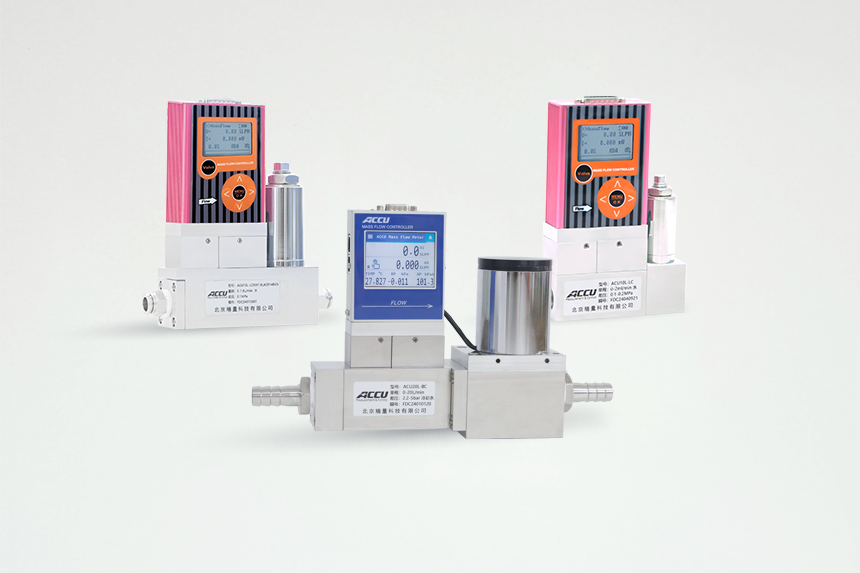
In practical applications, liquid mass flow meters are widely used in various fields such as chemical engineering, petroleum, food processing, and pharmaceuticals. In chemical production, they help precisely control the amount of reactants added, ensuring product quality. In the petroleum industry, they are essential for oil measurement and trade settlement, safeguarding fairness in commercial transactions. Additionally, these meters boast advantages like a wide measurement range, excellent stability, and ease of maintenance, making them well-suited to meet the diverse measurement requirements under different operating conditions.
From selection and installation to daily maintenance, every step requires meticulous attention to detail and a rigorous approach. Choosing the right flowmeter model that matches the fluid characteristics and measurement requirements, installing it properly and ensuring stable operation, as well as performing regular calibration and maintenance—these are all critical factors in guaranteeing measurement accuracy.
Related Products


